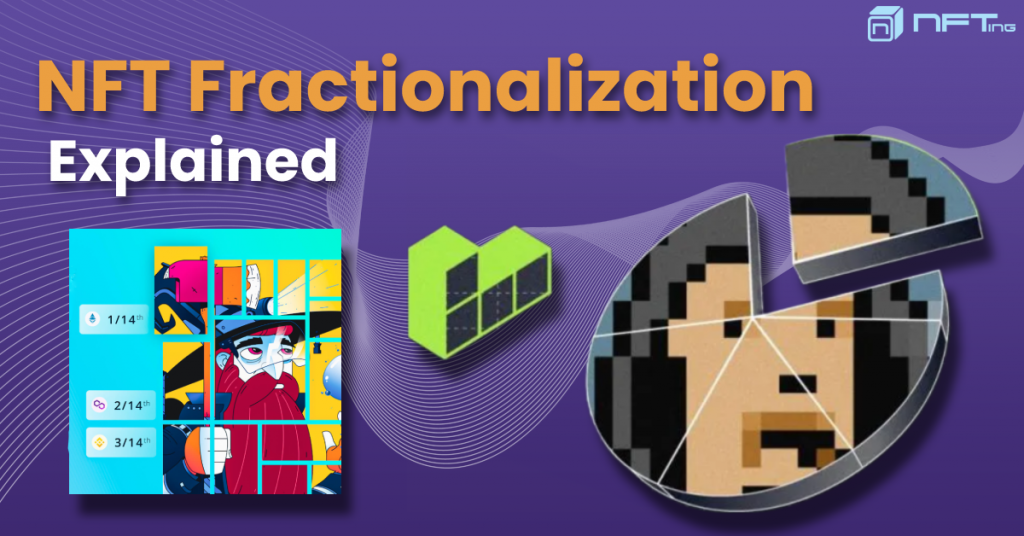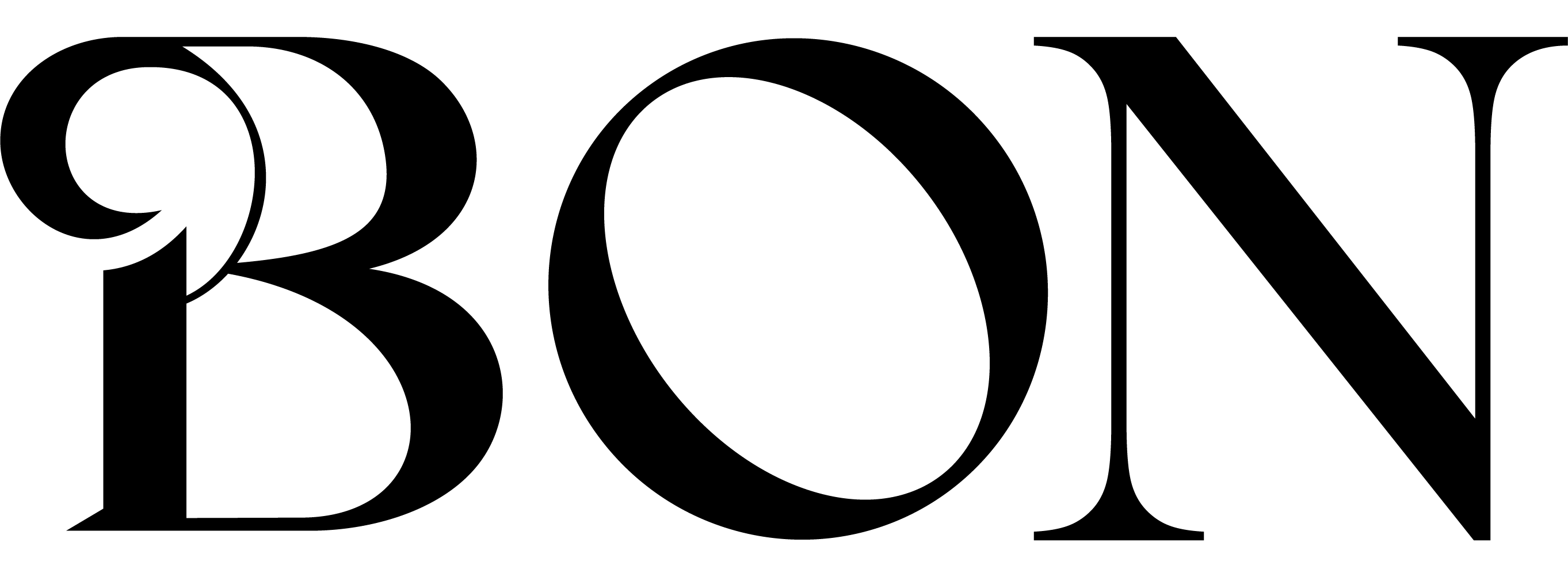
Meaning
Fractional NFTs are acquired through the division of a single NFT into smaller units, enabling partial ownership of the asset. Fractionalization enables individuals without sufficient resources to purchase the entire asset to obtain a portion of it. The process works akin to purchasing shares of blue-chip stocks. That’s why fractional NFTs find practical applications, particularly for valuable assets such as real estate, fine art, luxury goods, and various rare items.
How to Create?
Fractional NFTs can be generated on any blockchain that supports smart contracts and enables the deployment of nonfungible token formats. To generate a fractional NFT, the procedure involves initially minting an original asset as an NFT, securing it within a smart contract, establishing parameters such as the overall quantity of fractions, and subsequently dividing the original NFT into ERC-20 tokens. These tokens can then be freely traded or transferred among individuals.
Use Cases

Even though it remains a relatively recent concept, several web3 platforms, protocols, DAOs, and other NFT-related decentralized applications (dapps) have already embraced the utilization of fractional NFTs.
An example of such adoption can be observed in platforms like Fractional.art, which allows users to mint their own NFTs as fractional assets, in addition to facilitating the trading of NFTs from historical collections in the form of fractions.
Otis is another platform specializing in fractional NFTs. Apart from artwork, it offers a diverse range of collectibles including sneakers and rare books.
Real estate is another domain where the fractionization of assets can be helpful.
The wine and spirits industry is also among the early adopters. Crurated is a beverage-focused platform that utilizes fractional NFTs. It releases carefully selected NFT drops sourced from fractional barrels of exceptional wines.
Functions
Fractionalizing NFTs serves a crucial purpose by introducing liquidity to markets that would otherwise be illiquid. This is achieved by enabling the easier buying and selling of smaller units of high-value assets. As a result, the NFT asset class becomes more accessible, attracting a larger number of participants and ultimately enhancing liquidity in the market.
Furthermore, innovative methods are emerging to address the illiquidity of NFTs through fractional counterparts. On platforms like Unicly, users have the ability to convert NFTs into fractional ERC-20 tokens known as uTokens. These uTokens can then be locked to provide liquidity on the protocol’s decentralized exchange (DEX).
How to retrieve the original NFT?
In theory, it is possible to reverse the fractionalization process and recover the original single NFT. One approach to achieving this is by incorporating a “buyout” option into the smart contract responsible for creating the fractional NFTs. This option enables any owner of the fractional NFTs to purchase all the other existing fractions, consequently unlocking the original single NFT.


